Blue dolphin: a description of aquarium fish and the rules for its maintenance
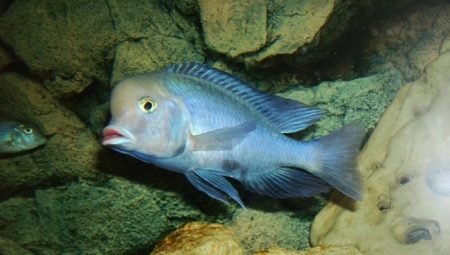
Among the famous small aquarium inhabitants, there are individuals that are larger, but no less beautiful. The blue dolphin is a large, showy and unusual fish. In our article we will look at the basic rules for the care and maintenance of such a pet.
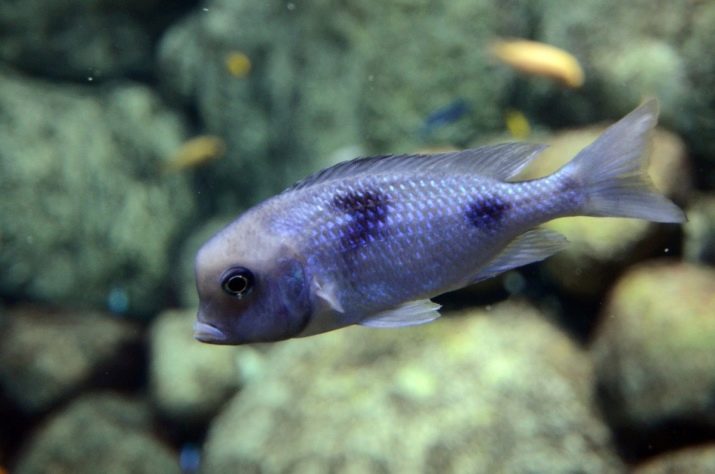
Description
The blue dolphin aquarium fish has another name - Cyrtokara moorii. This handsome man comes from Africa, his habitat is Lake Malawi. In the wild, this fish reaches a size of 20-25 cm. Dolphins swim in a flock near the coast, at a depth of 10 m. In nature, the diet consists of insect larvae and worms.
In feeding, they are helped by larger cichlids, which, in search of food, dig the ground and raise a lot of tasty things from it, while a flock of dolphins keeps close and picks up all this. Some researchers argue that cirtokara protects fish that help it find food when needed.
This species was first described in 1902 by George Bulanger. The name of the fish comes from the fatty deposits (cones) on the forehead of large males ("cirtha" means "round", "kara" means "head"). The species itself was named after George Moore, who found a large number of such cichlids on several of his expeditions. Later they were described by Boulanger. These individuals came to Europe in 1968. They were brought to the USSR in 1977 by S. M. Kochetov, who later took up the selection of these fish.

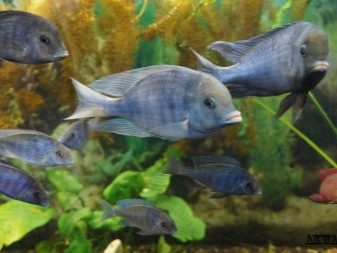
This fish is called a dolphin because of its resemblance to a real dolphin. It's all about the growth on the head, which gets bigger with age. Fish have large eyes and large lips.Juveniles wear transverse stripes and a pair of dark spots on their sides. Having matured, the fish acquires a light blue color, sometimes retaining spots. During mating games, the body of the main male of the group becomes dark blue, the forehead - yellow, and several transverse stripes appear on the sides.
The blue dolphin has a tall body, slightly elongated and flattened at the sides. These fish have long dorsal and anal fins, as well as a two-lobed hind fins. The pelvic and pectoral fins are short and thin.
Male and female can be distinguished at the age of 12-18 months. Males are larger than females and have a large pineal growth on their heads. They are also slightly brighter than females. In an aquarium they grow up to 8-10 cm.
The size of the tank depends on the volume of the fish and the conditions of keeping.
Life expectancy in an aquarium is up to 15 years.
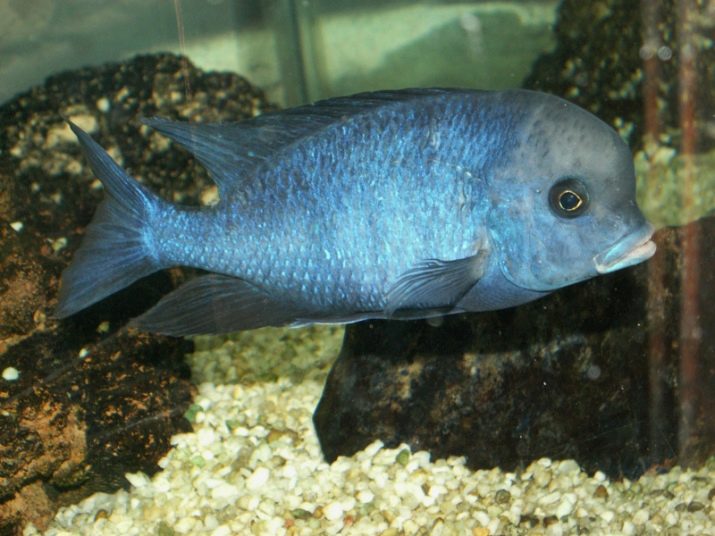
Behavior
The blue dolphin is a very smart and quick-witted fish, behaving without undue aggression. When moving slowly, these underwater pets are graceful and calm, and when playing catch-up they are very playful. It is interesting to watch the process when the male tries to impress the femalewhile he spreads his fins and demonstrates swimming skills. As for the offspring, these are excellent parents, who do not have problems with raising young animals.
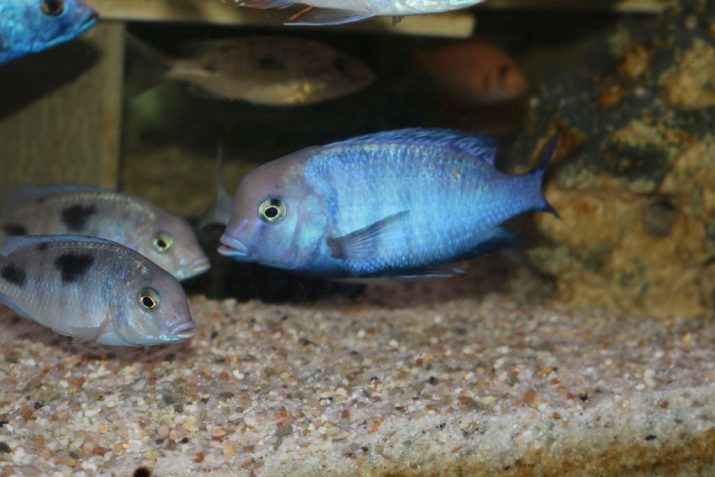
Features of the content
The comfortable water temperature in the aquarium is from +24 to +28 degrees. The recommended volume is at least 200 liters. A weekly change of 30% of water for fresh water is required. A biological filter is ideal for keeping this fish at home. In the absence of the latter, powerful filtration and air purging are suitable.
This individual needs a moderate current. Care should be taken to provide space for swimming, grottoes, driftwood and plants. If blue dolphins live in the aquarium, the soil in it should be medium to coarse, and the plants should only be planted with strong roots. The described individuals occupy the middle and lower layers of the water. Although the fish belongs to cichlids, in fact it has a very peaceful and calm character, and sometimes pets can be very shy. With this in mind, it is advisable to keep them in a species aquarium.
Males love to measure their strength, but it does not come to serious injuries or victims. To make the life of dolphins quieter, in the aquarium there should be 3-4 females for 1 male or 2 males for 5-6 females. The flock will choose its territory and will guard it. The dominant male will immediately stand out and will keep order in the flock.
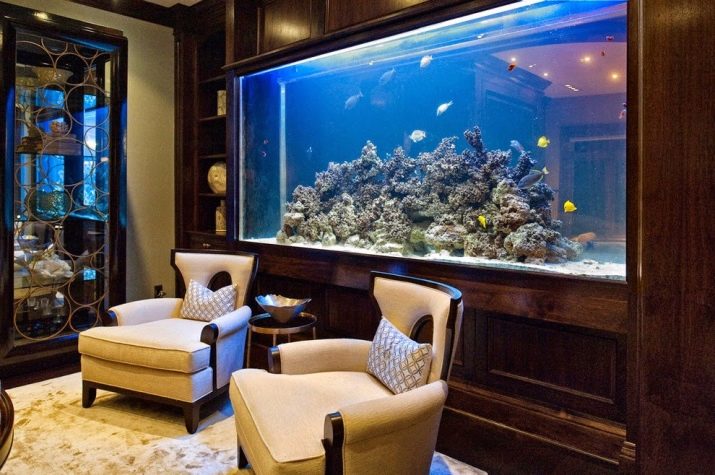
Cirtokars can recognize their owner when he approaches the aquarium.
You need to feed them 5 times a day with a tubifex, bloodworms, small fish (not sick).
Excess feed must be removed from the aquarium. You can not feed any food of animal origin, as this will lead to obesity, degeneration of internal organs and many other diseases.
Breeding
The very first experience of breeding blue dolphins in an aquarium was in 1979. It was conducted by Dr. G. Schubert.
The main factor for successful spawning is correct and abundant feeding of the producers. At least a week before spawning, parents need to be fed with high-quality and best live food. Sometimes blue dolphins can start spawning at the age of 8–10 months, which is undesirable, since it can lead to disruption of certain cycles and weakening of the not yet fully formed organism. In the future, such a producer will have weak offspring.
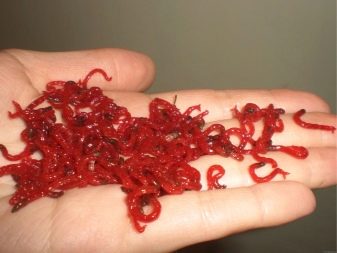
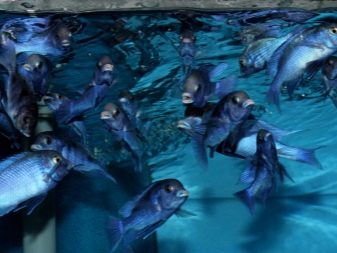
Stable spawning with good results can be obtained from fish at least 14 months old. Having reached this age, the fish can spawn every 2 months. This will continue until the individual is 8 years old.
Males ready for spawning can be identified by a yellowed growth on the head, which becomes larger with each spawning, and on the sides the transverse stripes become more noticeable.In females, the color becomes lighter, there is a noticeable swelling near the anus.
Before spawning, males become more aggressive towards each other, which is accompanied by frequent fights in the upper layers of the water.
The dominant male chooses the place where the eggs will be placed. To do this, he can dig a hole or select a smooth stone. Further, he will begin to clean it. A hole can be dug either alone or together with a female. In the future, love games will begin, after which the female lays 5–7 eggs at a time, and the male fertilizes them. This procedure is repeated several times, with a short interval in time. All spawning lasts about 1 hour, after which the female collects all the eggs in her mouth and bears there.
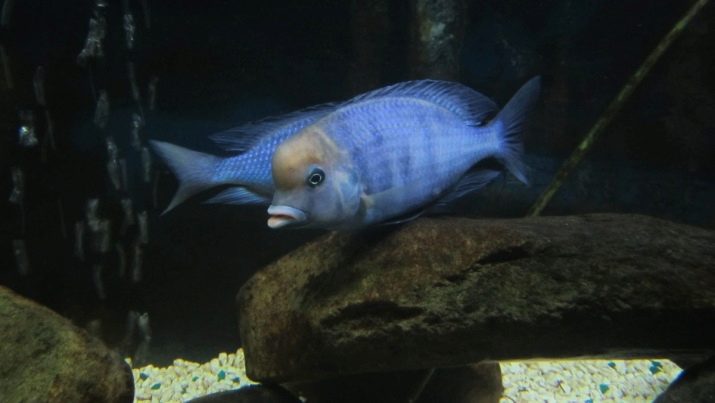
The eggs of the described fish are quite large - about 2.5 mm, oval, amber in color.
The incubation of eggs takes place at a water temperature of +26 degrees and can last up to 25 days.
The female releases from the mouth already relatively large (about 1 mm) gray fry. After hatching, the female hides them in her mouth in case of danger or at night. After a while, the transparent yellowish anal fin of the fry will turn reddish, and a couple of large, irregularly shaped spots will appear on the sides. Fry remains about 40–60% of all spawned eggs.
In the case when your fish spawned in a common aquarium, it will be very difficult to keep the offspring. Here, the female will be influenced by some unfavorable factors - from the food to the neighbors in the aquarium, who will begin to perceive the fry that have emerged from the mouth of the female for food and will begin to hunt them.
If spawning took place in a common aquarium, then the female with caviar in her mouth can be tried to be transplanted into another tank, but you will have to act very carefully. The main problem is that the female blue dolphin, unlike other cichlids, which under no circumstances will give up their eggs on their own, can spit it out at the slightest stress, and it will be eaten by other inhabitants of this reservoir.
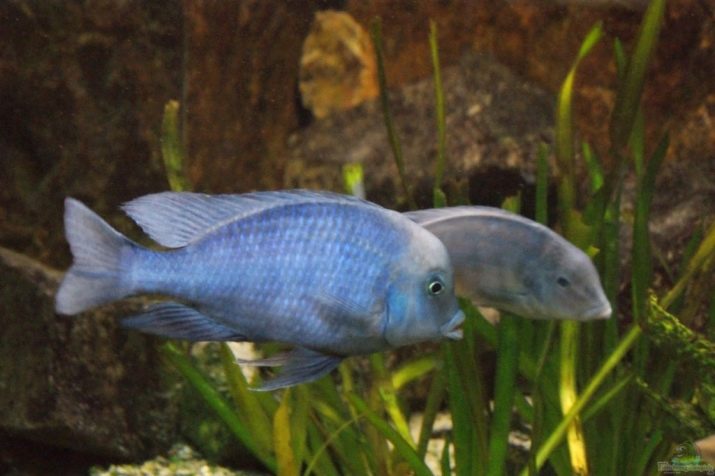
To prevent this from happening, it is best to start the “moving” process at night, about 2-3 hours after turning off the lights. This will require a net with a cell size smaller than the size of the eggs - this is due to the fact that during transplantation the female will nevertheless throw eggs, but it will remain in the net, and there is a possibility that she will collect them in the future.
With proper and abundant feeding, the fry add 8-10 mm per month, and soon they will need to be removed to another aquarium. At first, young individuals have an ugly, grayish color. Only after reaching a size of 4 cm, the color begins to change to blue or pale blue. Sometimes dark spots may appear. From the age of 8 months, the fins of the juveniles begin to elongate, and the forehead begins to round.
Despite the fact that the fry of this species are rather large in size, certain conditions will have to be fulfilled in order to "lift" them.
- The first condition is the presence of powerful filtration in the aquarium with fry, which does not create a strong current.
- The second and most important condition will be regular feeding. The fact is that fry of this species are not particularly gluttonous, but they need a lot of food to grow, so their diet should be moderately nutritious and properly balanced.
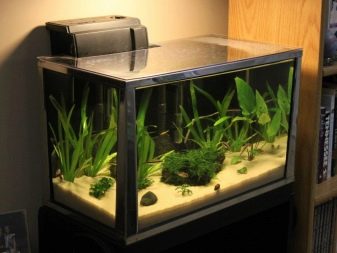
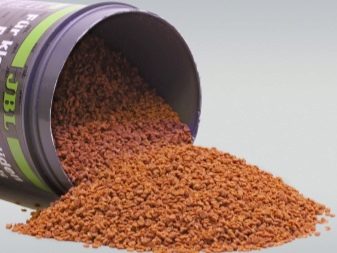
Due to improper feeding, the fry can die from inevitable dystrophy. Also, the reason for the mass death of babies can be a drop in temperature below +21 degrees.
Compatibility with other fish
This fish is considered peaceful and does not show aggression towards neighbors, with the exception of spawning time. It can coexist seamlessly with many species of fish that will not fit in its mouth.
If there is no possibility or desire to maintain a species aquarium, then the following are suitable as neighbors:
- non-aggressive cichlids;
- large barbs;
- sticky catfish;
- scalars;
- acne.
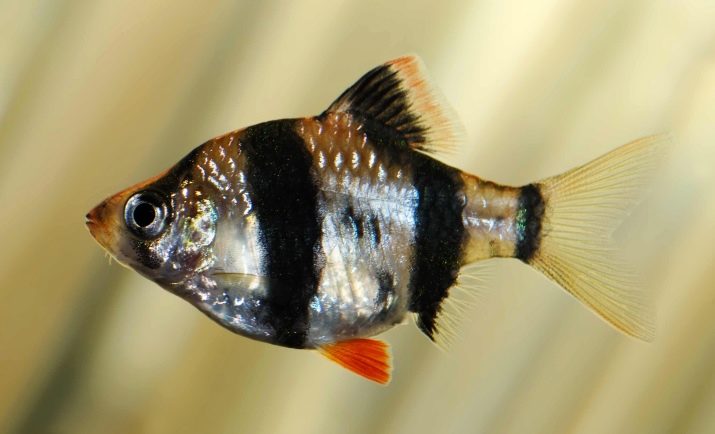
How to choose and plant in an aquarium?
It is better to make a purchase in a trusted store with a good reputation and fish keeping conditions.
Before buying, carefully inspect the fish for damaged scales or fins, spots on the body.
Any kind and color of specks, as well as plaque, will talk about various diseases. It is better to refuse to buy such fish.
In the absence of the above defects, observe the behavior of the fish - it should not fall to one side. A healthy blue dolphin should swim confidently and smoothly.
After delivery home, do not rush to plant new pets in the aquarium, if they are not the only inhabitants in it. This is due to the fact that the fish may be outwardly healthy, but be a carrier of some diseases, from which other inhabitants of the reservoir will suffer.
If there is already a fish dear to you in the aquarium, which you do not want to lose or treat, then it is worthwhile to play it safe and send the newly purchased individual to the quarantine.

The quarantine is an ordinary aquarium located in the next room, always separated by a door. Fish diseases are transmitted from aquarium to aquarium by airborne droplets. In this regard, placing the quarantine next to or in the same room with a common aquarium loses all meaning.
Keep the blue dolphin isolated for at least 7 days. If any defects did not appear on the fish during this time, this does not mean that it is absolutely healthy. You can check this in a simple way: transplant one individual from the common aquarium into the quarantine and observe for 2-3 days. If during this time the fish has not died or got sick, then it can be transplanted into a common tank.
Such a procedure will give a complete picture of the safety of the purchased fish for the underwater pets already living with you. There is also an economic benefit in this procedure, since it is easier and cheaper to treat 2 fish than all that you have.


Diseases
This chic cichlid has good immunity, but can get sick if not cared for properly. Let's consider the most common diseases in this species.
- Hexamitosis. It is manifested by the expansion of the pores on the head in the area of the lateral lines. With this disease, the fish do not eat anything and suffer from exhaustion. The only way to cure the disease is metronidazole. The advanced stage does not respond well to treatment, and the fish will most likely die.
- Ichthyophthyriosis. Better known as "semolina". In the presence of this disease, a characteristic white bloom appears on the body of the fish, which is treated only with specialized means.
- American bloating. This disease is manifested by lethargy of the fish and loss of appetite. The body of the individual swells, and the eyes pop out. This disease kills fish in 3 days. Most often, a similar ailment appears in fish that originated from Lake Malawi. It is treated only with strong antibiotics.
- Saprolegniosis. During this illness, growths resembling cotton wool appear on the pet's body. You can get rid of this disease only by means of which phenoxyethanol is included.
Tips for breeding and caring for blue dolphins can be found in the video below.








